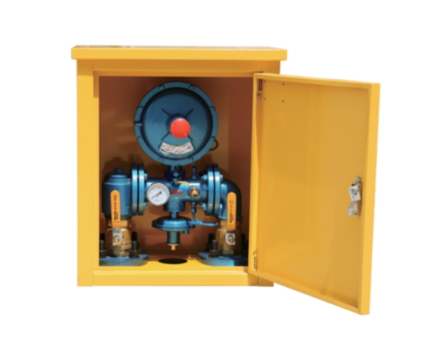
Dec . 11, 2024 10:16
Back to list
Pressure Regulation Strategies for Effective System Management and Optimization
Understanding Pressure Regulation Systems An Overview
Pressure regulation is a critical aspect of various industrial processes, ensuring safety, efficiency, and optimal performance in systems that utilize gases and liquids. These systems, often referred to as pressure regulating valves or pressure control systems, are vital in managing and stabilizing pressure levels within pipelines, storage tanks, and reactors. The importance of effective pressure regulation cannot be overstated, as it directly impacts the operational integrity of equipment, safety of personnel, and quality of products.
What is Pressure Regulation?
At its core, pressure regulation involves controlling the pressure of a fluid—whether gas or liquid—as it travels through a system. This regulation is crucial in preventing potential hazards such as overpressure, which can lead to equipment failure, leaks, or catastrophic explosions. By maintaining the pressure within specified limits, organizations can not only ensure safety but also enhance the efficiency of their operations.
How Pressure Regulation Works
Pressure regulating systems generally consist of valves, sensors, and controllers that work in conjunction to maintain desired pressure levels. The process begins with sensors monitoring the pressure of the fluid in real-time. When variations occur—either spikes or drops—the control unit receives this information and sends signals to the regulators to adjust accordingly.
There are various types of pressure regulation systems, including
1. Direct Acting Pressure Regulators These are simply designed for smaller systems where pressure adjustments are needed instantly. They adjust the valve opening based on the pressure feedback from the system.
2. Pilot Operated Pressure Regulators Suitable for larger systems, these use a pilot valve to control the main valve. They offer more stable pressure management and can handle larger flow rates.
.
Applications of Pressure Regulation
مزلقة تنظيم الضغط

Pressure regulation is utilized in numerous sectors
- Oil and Gas Ensures that the pressure in pipelines is maintained within safe limits during the transport of crude oil and natural gas. - Manufacturing In processes such as injection molding, maintaining consistent pressure is essential for quality control.
- Water Treatment Regulating pressure in pumping systems is crucial for efficient water distribution and treatment.
- HVAC Systems Pressure regulators help in maintaining airflow and avoiding system overloads.
Benefits of Effective Pressure Regulation
Investing in high-quality pressure regulation systems yields multiple benefits
- Safety By preventing overpressure situations, these systems significantly reduce the risk of accidents and injuries.
- Process Efficiency Maintaining optimal pressure levels ensures that systems operate smoothly, improving overall productivity.
- Cost Savings By preventing leaks and minimizing equipment wear, effective pressure regulation can lead to significant cost reductions over time.
Conclusion
In conclusion, pressure regulation is an indispensable component of modern industry. Whether in oil and gas, manufacturing, or water treatment, effective pressure management systems ensure safety, efficiency, and quality. As technology advances, the development of more precise and automated pressure regulation systems will continue to play a crucial role in enhancing industrial operations and safeguarding against potential risks. Understanding the importance of these systems is vital for anyone involved in the design, operation, or maintenance of industrial processes.
Latest news
-
Safety Valve Spring-Loaded Design Overpressure ProtectionNewsJul.25,2025
-
Precision Voltage Regulator AC5 Accuracy Grade PerformanceNewsJul.25,2025
-
Natural Gas Pressure Regulating Skid Industrial Pipeline ApplicationsNewsJul.25,2025
-
Natural Gas Filter Stainless Steel Mesh Element DesignNewsJul.25,2025
-
Gas Pressure Regulator Valve Direct-Acting Spring-Loaded DesignNewsJul.25,2025
-
Decompression Equipment Multi-Stage Heat Exchange System DesignNewsJul.25,2025

